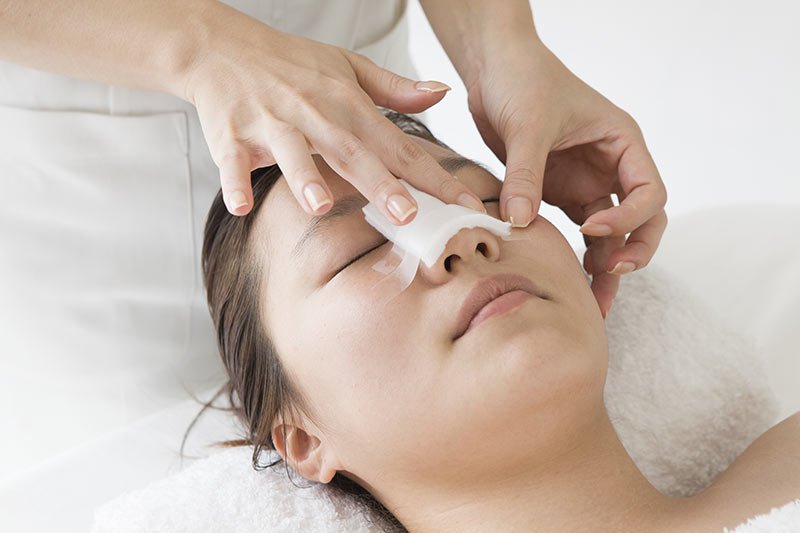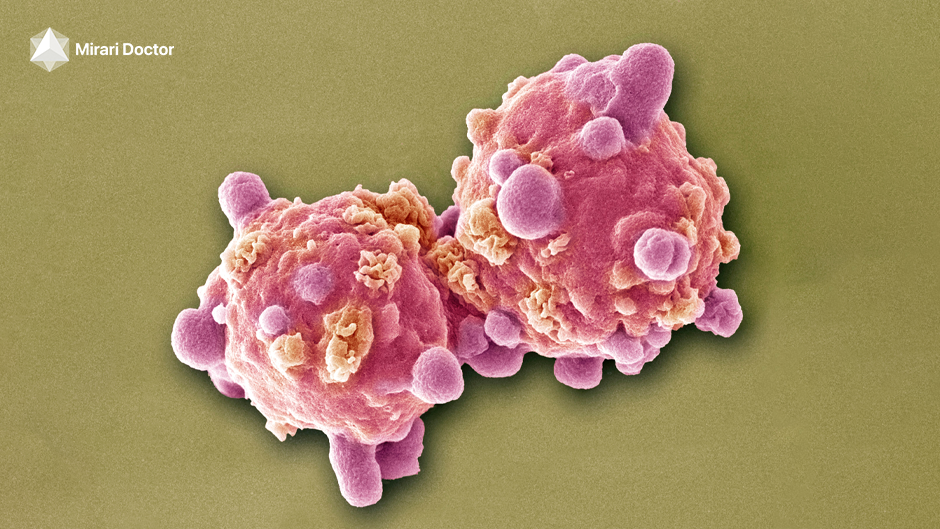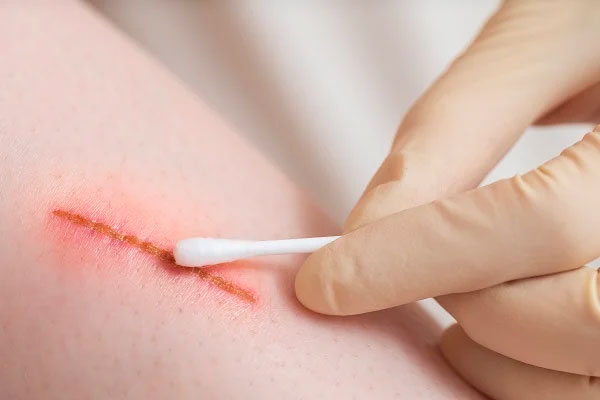Applications of Mirari Cold Plasma
Application for Supporting Post-Cosmetic Surgery Recovery
MIRARI COLD PLASMA APPLICATION IN SUPPORTING POST-COSMETIC SURGERY RECOVERY
1. General Information
Mirari Cold Plasma is a cold plasma generator. Cold plasma is a low-energy state of matter containing charged particles, activated molecules, and safe-level ultraviolet rays. When applied to skin/tissue, cold plasma can sterilize, reduce inflammation, promote tissue regeneration, and relieve pain without thermal damage, making it effective for musculoskeletal conditions, wounds, dermatology, functional recovery, and cosmetic surgery.
Mirari Cold Plasma is classified as a Class B medical device in Vietnam and has been certified for quality and safety standards by the U.S. Food and Drug Administration (FDA).
Developed by General Vibronics in the U.S., Mirari Cold Plasma is exclusively distributed by Mirari Import-Export Joint Stock Company in Vietnam.
2. Applications of Mirari Cold Plasma in Post-Cosmetic Surgery Recovery
The Mirari Cold Plasma device is designed to support recovery after cosmetic surgery, including:
| Type of Cosmetic Surgery | Post-Surgery Clinical Manifestations | Mechanism of Mirari Cold Plasma | Research/Clinical Evidence |
|---|---|---|---|
| Rhinoplasty, nose shaping | Swelling, pain, risk of infection, hypertrophic scars | – Increases NO, ROS to reduce inflammation, edema, stimulate epithelialization, antibacterial – Reduces scar formation, promotes collagen synthesis, stabilizes tissue regeneration |
Clinical: Significant reduction of swelling and pain after 2–3 sessions; recommended 3–5 times/week for 2–4 weeks. |
| Eyelid surgery, eyelid reconstruction | Redness, mild swelling, periocular edema, slow healing, hyperpigmentation | – Local NO supply for anti-inflammatory, analgesic, and enhanced circulation – Promotes new epidermis growth, shortens wound closure, reduces infection risk |
Preclinical and practical studies: Faster epithelialization, improved healing. Recommended 30 minutes per session on eyelids. |
| Facelift, lifting, rejuvenation | Swelling, bruising, long recovery, slow collagen remodeling | – Acts on connective tissue, increases collagen I/III, reduces inflammation, supports angiogenesis – Eliminates bacteria, limits post-procedure hyperpigmentation |
Clinical studies: Improved skin texture, reduced inflammation, faster recovery. Enhances collagen synthesis and fiber structure restoration. |
| Liposuction, abdominoplasty | Severe swelling, prolonged pain, risk of fat necrosis | – Regulates inflammation, reduces fluid accumulation, promotes circulation and vascular regeneration – Supports subcutaneous tissue proliferation, strong antibacterial effect, prevents infection complications |
Clinical studies: Reduced subcutaneous complications, faster healing post-surgery. |
| Skin grafts, fillers, autologous fat grafts | Risk of infection, edema, delayed engraftment, increased scarring | – Enhances local NO absorption, stimulates neovascularization, reduces unwanted immune reactions – Promotes graft take, limits necrosis at injection site |
Pilot studies: Faster epithelialization at graft site; reduced rejection, better scar outcomes. |
| Areola/nipple shaping | Prone to inflammation, risk of contracture scars, slow healing | – Supports antibacterial effect, controls inflammation, promotes early epithelialization, increases collagen, reduces hyperpigmentation risk – Improves aesthetics of sensitive areas post-procedure |
Clinical: Reduces pain and inflammation, shortens tissue healing time. |
| Treating depressed scars, post-procedure hyperpigmentation | Darkening, redness, fragile skin, risk of poor scarring | – Suppresses chronic inflammation, promotes collagen remodeling, reduces abnormal melanin proliferation – Stimulates new cells, evens skin pigmentation, supports recovery post-laser/peeling |
Studies: Effective in treating depressed scars, reducing hyperpigmentation, improving skin texture and color. |
Explanation:
- Clinical manifestations: Common post-surgery symptoms such as swelling, pain, bruising, fluid accumulation, infection, and poor scarring.
- Mechanism of Mirari Cold Plasma: Combines reactive oxygen/nitrogen species (ROS, RNS/NO), UV, and electric fields to sterilize, promote tissue repair, stimulate collagen production, regulate inflammation, stabilize pigmentation, and minimize post-surgical complications.
- Research/Clinical evidence: Clinical trials (RCTs, pilot trials) show reduced swelling, faster wound healing, decreased tissue necrosis, and optimized post-surgical skin repair. Effects are also stable in ulcers, surgical interventions, aesthetics, and functional recovery.
3. Mirari Cold Plasma Usage Procedure
Mirari Cold Plasma is designed for human use without any third-party products. Using other products with Mirari Cold Plasma may cause unforeseen effects or harm. Consult a healthcare professional before combining with other products.
3.1. Patient and Treatment Area Preparation
Check indications and contraindications: Evaluate patient status (not for pacemaker users, pregnant women, severe coagulation disorders).
Briefly discuss therapy goals with the patient.
Treatment area hygiene: Wash with mild soap and water, pat dry. Avoid alcohol or strong antiseptics directly before treatment. Cover open wounds with sterile gauze.
Initial assessment: Record pain level (VAS), lesion size/characteristics, check motor function if necessary.
3.2. Device Preparation and Check
Clean plasma emitter and accessories: Use safe disinfectant, dry thoroughly. Attach thermal bag if indicated.
Check power and connections: Ensure stable power, indicator lights and screen work properly.
Set treatment mode: Choose mode (1: Infection; 3: Antiviral; 7: Immunity…), place plasma pad as per indication. Set treatment time per area: Mild (15 min/session), Moderate–Severe (30 min/session), repeat per protocol.
3.3. Therapy Execution
Position emitter: 0.5–1 mm from open wound or lightly touch soft tissue. Keep emitter stable during session; treat multiple areas sequentially.
Monitor during plasma application: Watch for warmth, redness, unusual pain/tingling. Pause if discomfort occurs.
Maintain optimal distance and time: Do not exceed recommended time per area. Rest 5 minutes between areas or if patient fatigue occurs.
3.4. Post-Treatment
End session: Turn off device, allow natural cooling (no ice packs). Apply moisturizer if needed.
Record post-treatment assessment: Pain, patient sensations, tissue condition, swelling, or exudate. Track progress for next session.
3.5. Device Maintenance
Clean sensor pads: Follow manufacturer guidelines at miraridoctor.vn. Replace disposable thermal bags after each session; clean ePTFE pads and store dry.
Device storage: Keep dry, avoid water/dust, store in case when not in use.
3.6. Safety Notes
Do not change treatment mode beyond doctor’s protocol. Avoid combining cold plasma with unapproved medical cosmetics or corticosteroid ointments unless prescribed.
4. Post-Cosmetic Surgery Treatment Protocol with Mirari Cold Plasma
Key biological mechanisms of Mirari Cold Plasma in supporting recovery:
Mirari Cold Plasma generates the fourth state of matter containing bioactive ions such as ROS, RNS/NO, electrons, ions, and safe UV. Applied to post-surgical skin, it enhances recovery and aesthetic outcomes through multiple mechanisms:
a. Anti-inflammation, analgesia, edema control
ROS/RNS from cold plasma regulate inflammation, reduce pro-inflammatory cytokines (IL-1, IL-6, TNF-alpha), and increase anti-inflammatory mediators (IL-10). Stabilizes cell membranes, reduces pain signaling, and avoids thermal damage.
b. Antibacterial – Prevent post-op infections
ROS, NO, UV eliminate bacteria, including resistant strains, reducing risk of infection and fluid accumulation post-surgery.
c. Promote healing, collagen synthesis
Stimulates fibroblasts to produce collagen I/III, supports tissue structure, accelerates wound healing, reduces scarring. Enhances growth factors (VEGF, EGF) for faster epithelialization.
d. Pigmentation regulation, scar prevention
Optimizes melanin distribution via NO and inflammation control. Reduces hyperpigmentation and hypertrophic scars.
e. Microcirculation stabilization & immune enhancement
NO and ROS dilate vessels, increase oxygen/nutrient supply, support rapid tissue recovery, and enhance local immune defense.
4.2. Mirari Cold Plasma Mode Configuration
| Protocol | Mode |
|---|---|
| 1 Infection | Antibacterial/anti-inflammatory |
| 2 Wound Healing | Wound repair |
| 3 Antiviral Therapy | Virus therapy |
| 4 Diabetes Therapy | Diabetes management |
| 5 Prostatitis Therapy | Prostate therapy |
| 6 Liver / Kidney Therapy | Liver/Kidney treatment |
| 7 Immunotherapy | Immune enhancement |
| 8 Insomnia | Sleep improvement |
| 9 Arthritis | Joint inflammation |
| 10 Dermatitis/Fungus | Skin/fungal treatment |
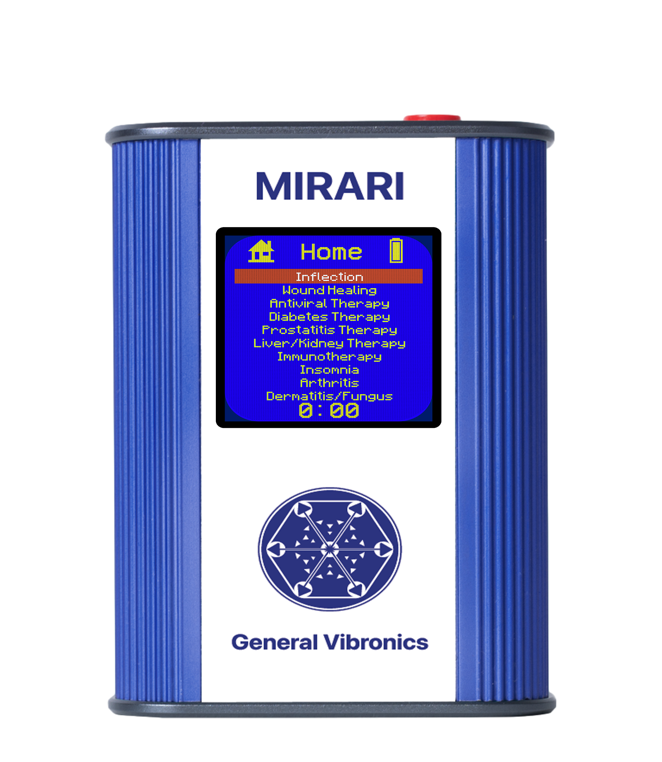
4.3. Plasma Application Sites
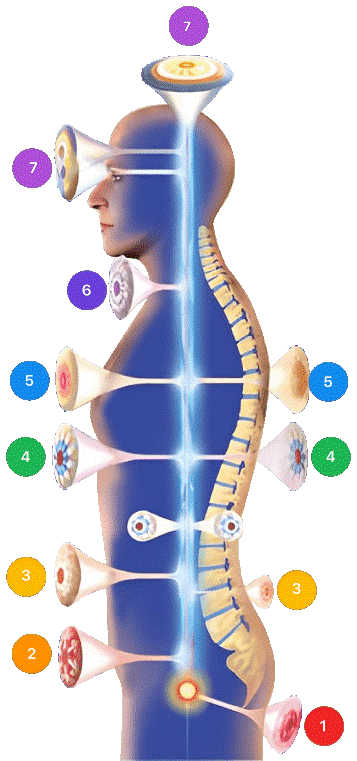
- Localized (0)
- Sacrum (1)
- Prostate & Uterus (2)
- Kidney, Liver & Spleen (3)
- Heart, Gallbladder & Pancreas (4)
- Lungs (5)
- Throat, Lymphatic system & Thyroid (6)
- Nervous system & ENT (7)
4.4. Reference Treatment Protocols
Example: Rhinoplasty (structural)
| Mild | Moderate | Severe |
|---|---|---|
| Mode 1 (Infection), Position 0 (Local: both sides of nose), Morning: 15 min, Evening: 15 min | Mode 1 (Infection), Position 0, Morning: 30 min, Evening: 30 min | Mode 1 (Infection), Position 0, Morning: 30 min, Noon: 30 min, Evening: 30 min |
| Mode 2 (Wound Healing), Position 0, Morning: 15 min, Evening: 15 min | Mode 2 (Wound Healing), Position 0, Morning: 30 min, Evening: 30 min | Mode 2 (Wound Healing), Position 0, Morning: 30 min, Noon: 30 min, Evening: 30 min |
Notes: Position 0 (localized) means placing the plasma pad on surgical sites on both sides of the nose or target area.
4.5. Recovery Phases
| Recovery Phase | Main Plasma Mechanism | Direct Post-Surgery Effect |
|---|---|---|
| 24–48h | Anti-inflammatory, analgesic, antibacterial | Reduced swelling and pain, dry wound, complication prevention |
| 3–7 days | Stimulates tissue proliferation, epithelialization, circulation | Faster wound closure, limited bruising/edema |
| 7–21 days | Collagen remodeling, pigmentation regulation | Better cosmetic scar, reduced hypertrophic or dark scars, natural recovery |
5. Possible Side Effects (mostly mild and transient)
Ozone (O3) allergy: Stop treatment immediately if allergic reaction occurs. Usually mild and temporary.
Mild local irritation: Tingling, warmth, redness, or transient discomfort. Generally mild, resolves quickly, no lasting effect.
Rare cold burn/swelling: Excessive plasma exposure on same area, especially with unregulated devices, may cause local redness or swelling. Mirari controls temperature (<40°C), minimizing this risk.
6. Important Usage Notes
Mirari Cold Plasma is a Class 2 medical device for trained healthcare professionals. Registered in the U.S., Thailand, and Vietnam. The information provided is educational and does not replace professional medical advice.
Device effectiveness may vary individually. Always consult healthcare professionals before use. This guide is for reference only and not a substitute for direct medical consultation.



